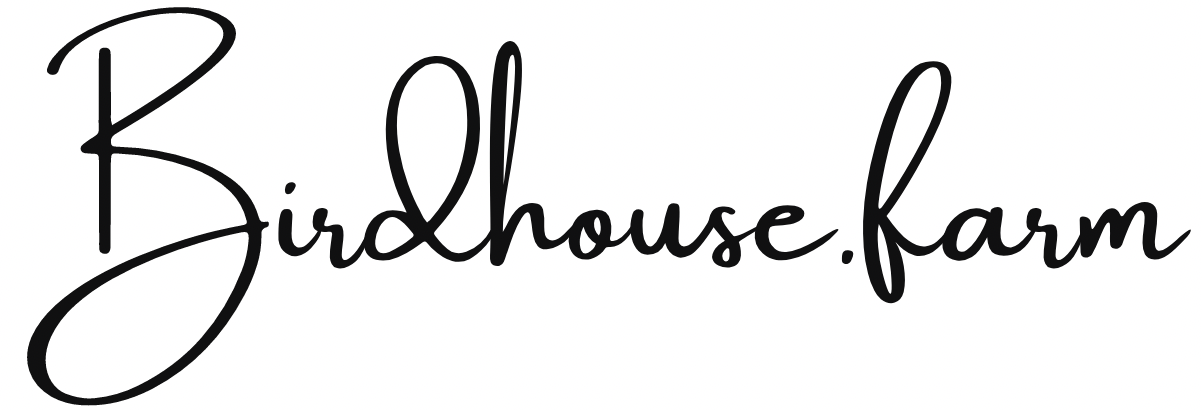Three Ways to Use Vines to Cool Your Home & 17 Native Vines to Use
Hardwood trees provide shade in the summer helping keep your home cool, and allow sun through in the winter to help with your heating bill.
Sadly hardwood trees can take more than twenty years to start proving a substantial amount of shade for your home.
Lucky for you various vines can provide ample shade for your home in just a few years. Here are three ways to harness the cooling power of vines.
Technique 1 -A Wall of Vines to Shade your Home
Construct a sturdy trellis a few feet away from the side of your house. The trellis needs to have its own support. You do not want it to put the weight of the vines on your home, preferably the supports would be made out of something like a strong galvanized steel pipe set in the ground at least 2 feet with concrete.
Plan the wall so that when plants grow on the wall they provide shade to the side of your house. You do not want plants to invade your home, or trap humidity against it.
Select your plants and grow them at the base of your trellis, help the vines grow straight up the trellis as high as possible. As long as they reach the top of the trellis you will be able to get thicker shade by letting the vines bush out, or planting more vines.
Consider that the vines you grow can also be an edible garden and bird attraction. Depending on what vines you select.
Technique 2 - A Vine Roof for Outdoor Spaces
Vines can be grown on a trellis over your front porch, patio or gazebo.
A trellis of vines can be used as a roof in almost any outdoor space.
Deciduous vines can be used to create thick shade in the summer and allow more sun through in the winter
Make sure you have more than enough structural support for the weight the vines and the force of wind blowing on them.
Technique 3 - A Vine Tent to Shade Your Home
Two sturdy trellises can be leaned together to form a lean-to over a small home. This will result in your home having a sort of tent of vines completely surrounding your home. You can use your imagination and make any size or shape of trellis to grow your vines on, as long as it is very structurally sound.
This will allow for maximum shade for your house. you will need to make sure there is adequate airflow around your house, and that your trellis is very strong and of high quality. These trellises will need to be both well secured into the ground and should be strong enough to hold a lot more than the weight you ever expect the vines to get to
If this trellis collapsed it would most likely damage your home just like a large tree.
Not sure what vines to grow?
Here is a list of 17 different types of native north American vines that you could grow on your trellis.
Parthenocissus quinquefolia - Virginia Creeper, adheres to walls with disks on its tendrils and doesn't harm masonry, grows throughout the US and South East Canada
Parthenocissus vitacea - Woodbine, can't climb smooth walls, may damage masonry, wraps around trellis, swells tendrils in crevices, grows from Manitoba to Guatemala.
Parthenocissus heptaphylla - grows in Texas and Mexico
Apios americana - Hopniss, Potato Bean, Cinnamon vine, a nitrogen fixer, moist well-drained soil, can yield edible tubers and green beans.
Ampelopsis cordata - Heartleaf Pepper Vine, Raccoon Grape, aggressive growth, the fruit may not be edible, birds eat fruit,
Cynanchum laeve - Climbing Milkweed,
Humulus lupulus - Common Hop,
Ipomoea lacunosa - white morning glory, white star morning glory,
Ipomoea pandurata - man of the earth, wild sweet potato
Ipomoea shumardiana - Narrow leaf morning glory, southern Kansas to Texas,
Lonicera dioica - Limber Honeysuckle, likes boggy wet sites, fruit for birds
Wisteria frutescens - American wisteria, can grow 10 feet in a session, likes wet soil
Vitis vulpina - fox grape, winter grape, fruit get sweet after frost, grapes dry on the vine, dry to wet soil, can grow in some shade
Vitis Riparia - riverbank grape, likes moist well-drained soil and good sun exposure, used for grafting rootstock.
Vitis cinerea - Graybark grape, mildly unpleasant fruit flavor, good leaf flavor
Celastrus scandens - American bittersweet, well-drained rich soil, up to 30 ft, fruit edible to birds and toxic to people.
Calystegia sepium - Common Hedge Bindweed, has larger features than field bindweed, native to North America

